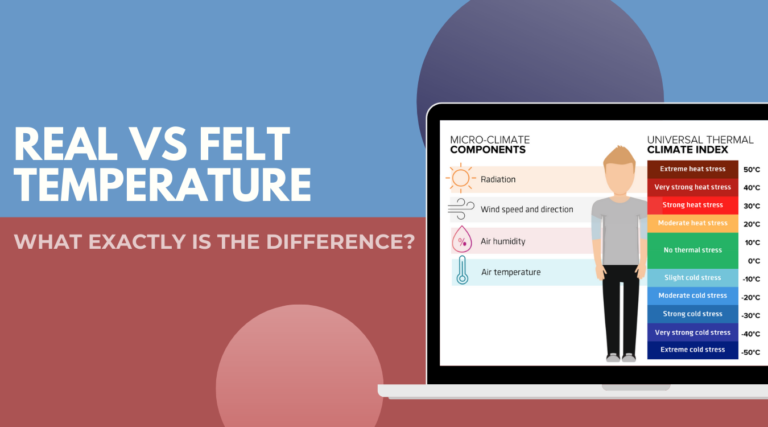
A story by Sagnik Bhattacharjee.
The CESB 2019 was my first official conference experience. During this event I had the opportunity to present the work that I had been doing for the past year. This journey unexpectedly began while having a casual chat with a friend from my graduate school Ecole Centrale de Nantes France, Federica.
Federica and I had to do a research project as part of our master’s degree and in this project, we discovered a common passion for urban issues. After graduation, we split to pursue our own professional goals, but we kept in touch to share our experiences in this field. During one of these exchanges I was sharing the techniques of satellite imagery for spatial analysis of urban areas with her when I stumbled upon an issue which I had never realized before.
Satellite imagery can be used to make urban heat maps which can identify the hotspots over any given area in the earth at a given time. NASA’s Landsat 8 satellite has been equipped with a TIR sensor to detect thermal radiation from the earth’s surface which can be used to identify the hot spots on the surface. Over urban areas, it is an incredibly useful technique to detect the urban heat island phenomena where the urban areas are observed to be hotter than its surrounding areas.
While presenting this technique to Federica, followed by further discussions, I realized that this information of the identification of physical hotspots within the city is not complete for having any real meaning in the process of urban planning. It was entirely possible that the hotspots are located in areas where people are not usually residing. I wondered then if there was a possibility to include the data for the population distribution across the city and correlate that with the satellite data for heat distribution across the city. Such correlation can help identify which areas the people are most vulnerable to the urban heat island effect.
As an engineer, I decided to undertake this project to find such correlation in order to mitigate the issues related to the urban heat maps. I poured myself to the decades of work done by researchers across the globe to solve this issue. To no surprise, I discovered that this issue was well known among the scientific community. After all, extreme heat has been a subject of topic for the scientific community for decades thanks to the big impacts of climate change especially in cities. The IPCC has provided the world with a framework to assess the vulnerability to climate change. This framework implies that vulnerability, defined as the propensity to be affected by climate change, is a function of three components:
- Exposure, defined as the direct dangers of climate change impact.
- Sensitivity, defined as the strength of human reaction to climate change impact.
- Adaptive capacity, defined as the ability to cope, recover and adjust to climate change impacts.
There was no doubt in my mind that the extreme heat events that the dramatic increase in the scale of impact of the urban heat island phenomenon is linked to the impacts of climate change impacts in cities.
Thus, I decided to employ this framework to assess the vulnerability to extreme heat in cities. With the help of Federica, who was so kind to provide me with the open data of the population distribution across the districts of her city, which is Milan, Italy, I set course to create what I would call in the future as the “urban heat vulnerability map” for Milan, Italy. During this time, I also had the opportunity to collaborate with Ekaterina, a young intern from Saint Petersburg, Russia who had come all the way to Prague, Czech Republic for an exchange program in the civil engineering faculty of the Czech Technical University. We joined forces, along with the support from Federica, to produce our first urban heat vulnerability map of Milan, Italy. I must admit, as none of us had any real experience in private research activities such as this one, it was quite nerve-wracking experience in the beginning.
We studied the past literature on this subject very carefully and with all the wisdom of the great scientists, engineers and researchers who had dedicated their lives to the assessment of the impacts of climate change in cities, we succeeded to produce a series of maps which showed very interesting results. Unlike the urban heat maps that we had been using to identify the urban heat islands in cities, these new maps showed us very different results.
Unlike the indications of urban heat maps (where the hottest places in the city were located in the very center) the urban heat vulnerability map, while taking into account the population distribution of the city as well as other aspects such as vegetation, building quality and health care accessibility, showed that it was in fact the areas in the vicinity of the central part of the city which deserves attention from the urban planners and stakeholders. This made perfect sense as the central part of the city was in fact the most touristic area of the city, home to the famous Duomo di Milano. As in many other cities, city dwellers don’t usually like to live in the touristic areas. Therefore they tend to live in the near vicinity of the city and that is where efforts from urban planners and stakeholders need to focus in order to provide resilience to extreme heat. Encouraged by this finding, I had decided that it needed to be presented to the other members of my company who were also working with finding solutions to extreme heat events in cities.
The response to the results from the urban heat vulnerability maps of Milan, Italy was thrilling. We realized that we needed to present these results to a much wider scientific community and the only places to do so were the scientific conferences where scientists and researchers come together to present and discuss their work and also exchange views from like-minded people from across the globe. We found out the CESB 2019 was just along the horizon so me and my team didn’t waste any time and submitted our work as a publication to be peer-reviewed by a scientific panel. Once they had accepted our paper to be a part of the CESB 2019, we prepared ourselves to present it in the conference directly.
In the conference, we received very interesting feedbacks along with motivation to press on into this venture to reach the boundaries of the scientific world for the assessment of the impacts of climate change impacts in urban areas. Several researchers had expressed their interests to support our project and this was a huge encouragement for me as well as my teammates to continue to find smart solutions the ever-increasing problem of climate change.






